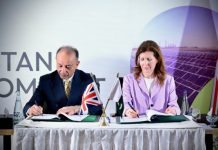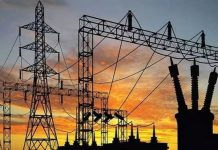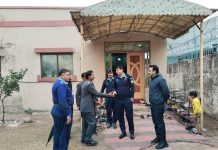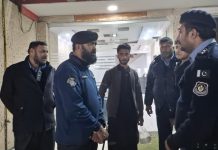By Ajmal Khan Yousafzai
ISLAMABAD: Not all technologies are created equal. New technologies have a way to benefit the relatively-affluent and already-connected folks, and in the process, exacerbate existing inequalities. In the local context, ownership of communication devices and accessibility to affordable high-speed broadband is where the digital divide is emanating from and spilling into the prevalent social divisions in terms of income inequality and gender disparities.
The latest survey on ‘Pakistan Social & Living Standards Measurement’ (PSLM) (2018-19), released in June 2020, has a special section on Information and Communication Technologies (ICT). The data in the section should help put things into some perspective for policymakers. The findings are astonishing and belie claims by the country’s telecom authorities as well as service providers as to how far and wide ICT services have spread in the country.
For instance, just 14 percent of Pakistani households are reported to have access to a computer or a laptop or a tablet as of 2018-19. If that figure isn’t hopeless enough, consider that only 7 percent of rural households had access to a computer or a laptop or a tablet, compared to 27 percent urban households who reported the same. This access is the least in Balochistan, in both urban and rural terms.
The picture on mobile phones suddenly turns bright. The PSLM reports that 95 percent of households possessed handsets. Access to cellphones is in the nineties across all provinces, and in both urban and rural areas. However, this high density suggests “collective†access and it should not be confused with “individual†ownership of or exclusive access to a mobile phone. The latter is likely much lower in reality.
Indeed, the survey notes that only 45 percent of individuals (10 years or older) owned mobiles as of 2018-19. Men are more than twice as likely than women to own a mobile phone in Pakistan. Balochistan is faring the worst on this disparity, with only 14 percent females owning a phone compared to 58 percent of men.
The concept of collective access makes more sense when it comes to having an Internet facility at home. Here, just a third of households reported having any kind of Internet at home (fixed, wireless and mobile broadband). The regional disparity is again visible, as over half of urban households had an Internet facility, compared to just a quarter of rural households. Balochistan visibly lags on this count as well.
The survey also drives home the point that “access†is not the same as “usage†. For instance, while 14 percent of “households†had access to computing devices (computer, laptop or tablet), only 8 percent of “individuals†(10 years and older) reported using them in the last three months. Similarly, while 34 percent of households had access to the Internet, only 17 percent reported using it in the past three months. Mobile phone usage, however, is much higher than mobile phone ownership.
The gender divide is visible in that 11 percent of males and a lesser 6 percent of females across Pakistan had used those gadgets in the past three months. In Khyber Pakhtunkhwa and Balochistan, females are only a third as likely as males to use these devices; in Punjab and Sindh, the incidence is half as likely. Females using these devices is reported at 1 percent in Balochistan and 3 percent in KP.
It is remarkable to note that over half of respondents who didn’t use computing devices said that they didn’t know how to use one. Another quarter of them didn’t use it because they thought it was useless, or less interesting or culturally inferior. Only 15 percent cited “affordability†as the barrier.
Good on the PBS to include ICT in its traditional PSLM survey. Since there is no baseline, it isn’t known whether the digital divide highlighted above is worsening or ameliorating. But these findings still illustrate the need to urgently address this issue. Coronavirus has already exposed the real-life downsides for many millions who are locked out of the digital economy. Next piece on this issue will attempt to suggest ways to narrow this divide.






